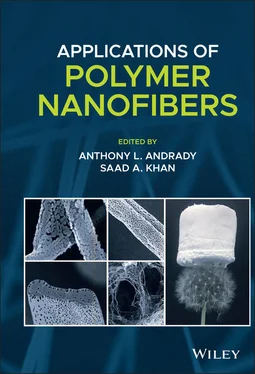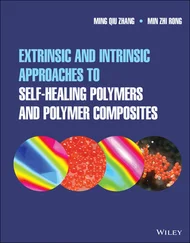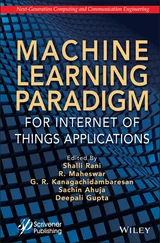Applications of Polymer Nanofibers
Здесь есть возможность читать онлайн «Applications of Polymer Nanofibers» — ознакомительный отрывок электронной книги совершенно бесплатно, а после прочтения отрывка купить полную версию. В некоторых случаях можно слушать аудио, скачать через торрент в формате fb2 и присутствует краткое содержание. Жанр: unrecognised, на английском языке. Описание произведения, (предисловие) а так же отзывы посетителей доступны на портале библиотеки ЛибКат.
- Название:Applications of Polymer Nanofibers
- Автор:
- Жанр:
- Год:неизвестен
- ISBN:нет данных
- Рейтинг книги:4 / 5. Голосов: 1
-
Избранное:Добавить в избранное
- Отзывы:
-
Ваша оценка:
- 80
- 1
- 2
- 3
- 4
- 5
Applications of Polymer Nanofibers: краткое содержание, описание и аннотация
Предлагаем к чтению аннотацию, описание, краткое содержание или предисловие (зависит от того, что написал сам автор книги «Applications of Polymer Nanofibers»). Если вы не нашли необходимую информацию о книге — напишите в комментариях, мы постараемся отыскать её.
Explore a comprehensive review of the practical experimental and technological details of polymer nanofibers with a leading new resource Applications of Polymer Nanofibers
Applications of Polymer Nanofibers
Applications of Polymer Nanofibers
Applications of Polymer Nanofibers — читать онлайн ознакомительный отрывок
Ниже представлен текст книги, разбитый по страницам. Система сохранения места последней прочитанной страницы, позволяет с удобством читать онлайн бесплатно книгу «Applications of Polymer Nanofibers», без необходимости каждый раз заново искать на чём Вы остановились. Поставьте закладку, и сможете в любой момент перейти на страницу, на которой закончили чтение.
Интервал:
Закладка:
2.2.2 Bicomponent Spinning
Bicomponent spinning is defined as a spinning process using a precursor system containing two different polymers, with the particular shape of spinneret, forming a bicomponent fiber. Usually, these two polymers provide distinct behaviors in thermal properties or solubility in solvents so that one of them can be removed by a thermal or solvent washing process. Using this technique, one can achieve ultrafine fibers via using a particular nozzle, such as the unique shape of islands‐in‐the‐sea or segmented pie, introduced in Figure 2.2(Chien et al. 2013). The original example of this technique was Japanese industries like Toray and Kanebo, who applied ultrafine fibers in suede leather and clean cloth products. So far, bicomponent spinning is still a promising technique for producing fine filaments.

Figure 2.2 Cross‐section types of bicomponent fibers.
Source: Chien et al. (2013).
Fine fibers made from polymer systems such as PS/PET (Sugawara et al. 2015), PA‐6 and PLA (Fedorova and Pourdeyhimi 2007), hydrophobic polyvinyl acetate (PVAc), and hydrophilic PVP (Rajgarhia et al. 2016) have been used in this process, and the diameters of the obtained fibers can be as small as 300 nm (Zhou and Gong 2008). However, this process is complicated, and the nozzle is difficult to design if a fiber with a small diameter is desired. The sacrificial part of bicomponent fibers is regarded as a waste of raw material which may cause environmental pollution.
2.2.3 Melt Blowing
Melt blowing is particular for molten polymers, extruded from dies and blown with hot air. It is a novel method for producing nonwoven fabrics in which the diameter of fibers can be as thin as 0.3–0.6 μm by using a special die (Zhou and Gong 2008; Ellison et al. 2007). The polymer employed in the melt blowing technique should be in the melt state. Therefore, the range of available materials is restricted. Polymers such as polypropylene (PP), polyethylene (PE), PET, PA, PC, PS, PU can be used for the melt blowing method (Tan et al. 2010; Wang et al. 2016; Xiao et al. 2014; Safranskia et al. 2016). This approach can be combined with bicomponent spinning to create thinner fiber (Ayad et al. 2016).
2.2.4 Flash Spinning
Flash spinning is one of spunbonding process that dissolved polymers are extruded from the spinneret, and the solvent rapidly evaporates at its boiling point with a high pressure to produce a filament composed of submicro/nanofibers. It is particularly suitable for high molecular weight polymers, which can result in fiber diameters as small as 0.2 μm.
Xia et al. used flash spinning to produce ultrahigh molecular weight polyethylene fibers (Xia et al. 2015). The successful fabrication of the fibers was influenced by the solution temperature and the spinning pressure. They concluded that nanosized fibers could be obtained by ranging the solution temperature from 150 to 210 °C and the spinning pressure from 8 to 20 MPa. In their study, the nozzle temperature and the solution concentration were 100 °C and 5 wt%, respectively.
2.2.5 Centrifugal Spinning
Centrifugal spinning is an efficient and simple method to achieve submicro/nanofibers with high volume output. The setup mainly includes a high‐speed motor, a spinneret, a collector, and a speed controller. During the process, a polymer precursor is injected into a spinning head, and it is then drawn out by the centrifugal force and stacked on the collector (Zhang and Lu 2014). The speed of spinneret in the center can reach a rotation rate of 2000–13 000 rpm (Marano et al. 2016).
Normally, the faster the rotating speed is, the smaller the fiber diameters are. It is stated that nanofiber diameter of as small as 25 nm was observed by nozzle‐free centrifugal spinning (Weitz et al. 2008). A broad range of fibers have been investigated for centrifugal spinning, such as PAN, ethyl cellulose (EC)/PVP, PEO, PVDF, PCL (Lu et al. 2015; Hou et al. 2017; Jiang et al. 2015; Vazquez et al. 2012; McEachin and Lozano 2012).
2.2.6 Formation of Nanofiber Yarns
The approach to fabricate nanofiber yarns usually involves the combination of a spinning technique to produce aligned fiber bundles with a winding or twisting process to impose twists and strength (Carnell et al. 2008; Brown et al. 2011). The apparatus is accessible, while the main challenge is how to control the quality of yarns and achieve a high production rate.
Lee et al. prepared PU nanofiber filament yarns with good mechanical properties by electrospinning and dry twisting as shown in Figure 2.3(Lee et al. 2012). PU nanofibers were first fabricated by electrospinning, then screwed into yarns by a twisting machine ( Figure 2.3a). In the process, ribbon‐shaped PU nanofiber nonwoven fabrics were attached to the chunks of twisting machine, and the right‐side chunk was automatically wound. Then twists were imposed on the ribbons to shape a nanofiber yarn and make the yarn stronger. He et al. developed continuous PAN nanofiber yarns by double conjugate electrospinning (He et al. 2013). The components of double conjugate electrospinning setup are shown in Figure 2.4, which included a high‐voltage power supply, a metal funnel collector, two liquid transport tubes and supplies, four needle nozzles, and a yarn‐winding device. PAN nanofibers were electrospun from the nozzles, collected onto the rotary funnel, forming a nanofiber web, followed by drawing and twisting the nanofiber web into fiber yarns. By using this setup, nanofiber yarns could be obtained continuously and stably. Smit et al. established a water bath‐based setup for yarn spinning, shown in Figure 2.5(Smit et al. 2005). It applied electrospinning onto a distilled water bath while collecting and rotating the as‐spun nonwoven web into a continuous yarn. PVAc, PVDF, and PAN nanofiber yarns were produced by this equipment. The resulting yarns could be well aligned with a favorable production rate of 180 mph. Yan et al. fabricated PAN nanofiber yarns by a homemade device based on a combination of eight needles electrospinning and yarn twisting machine ( Figure 2.6) (Yan et al. 2016). This work used multineedles to speed up the production rate and combined two or more filaments to form folded yarns.
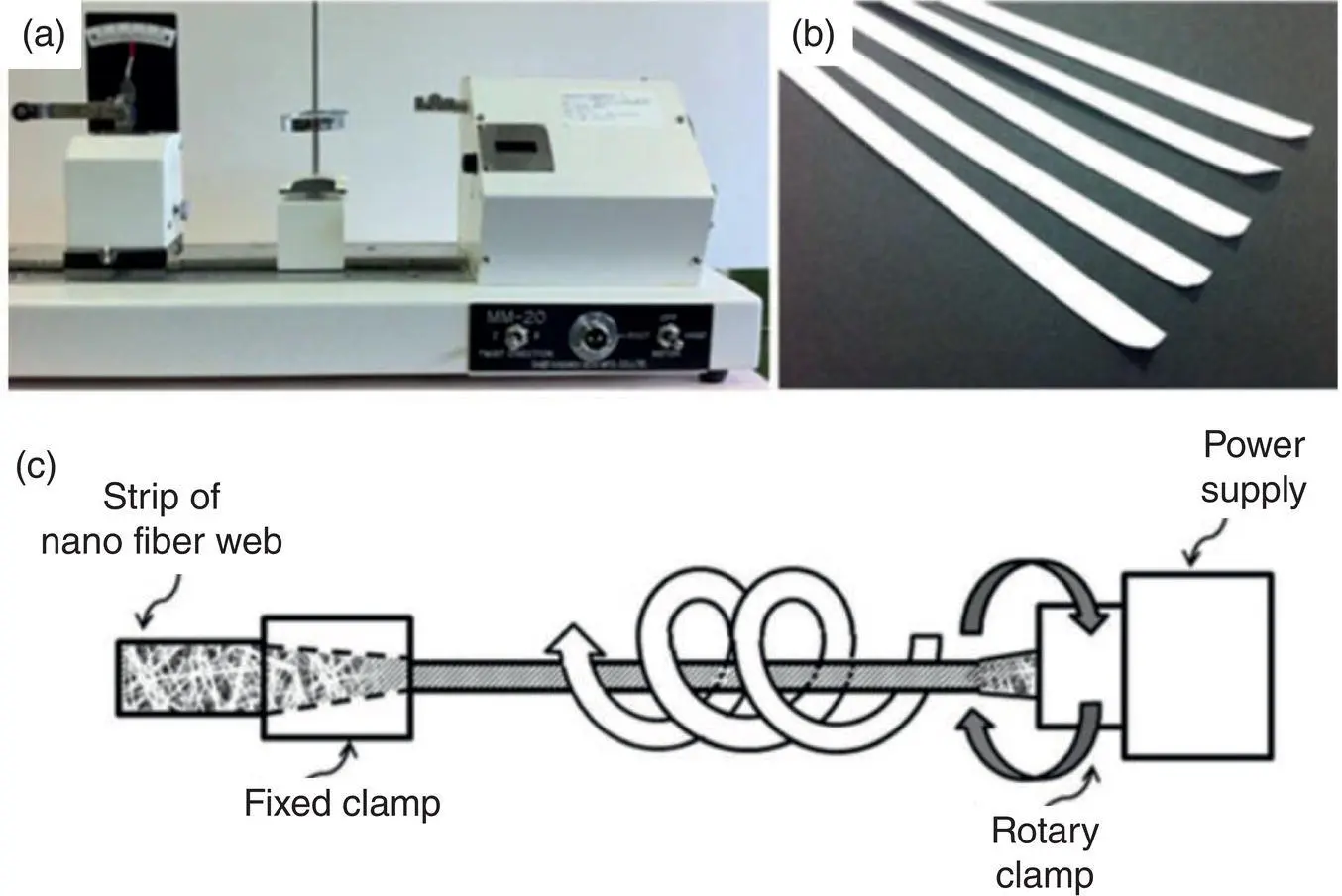
Figure 2.3 Photographic images of (a) twisting machine and (b) PU nanofiber strips.
Source: Reproduced with permission from Lee et al. (2012). Copyright 2012, Springer.
(c) Schematic of the dry‐twisting method.
Source: Lee et al. (2012).

Figure 2.4 Schematic of a dual conjugate electrospinning setup.
Source: He et al. (2013).
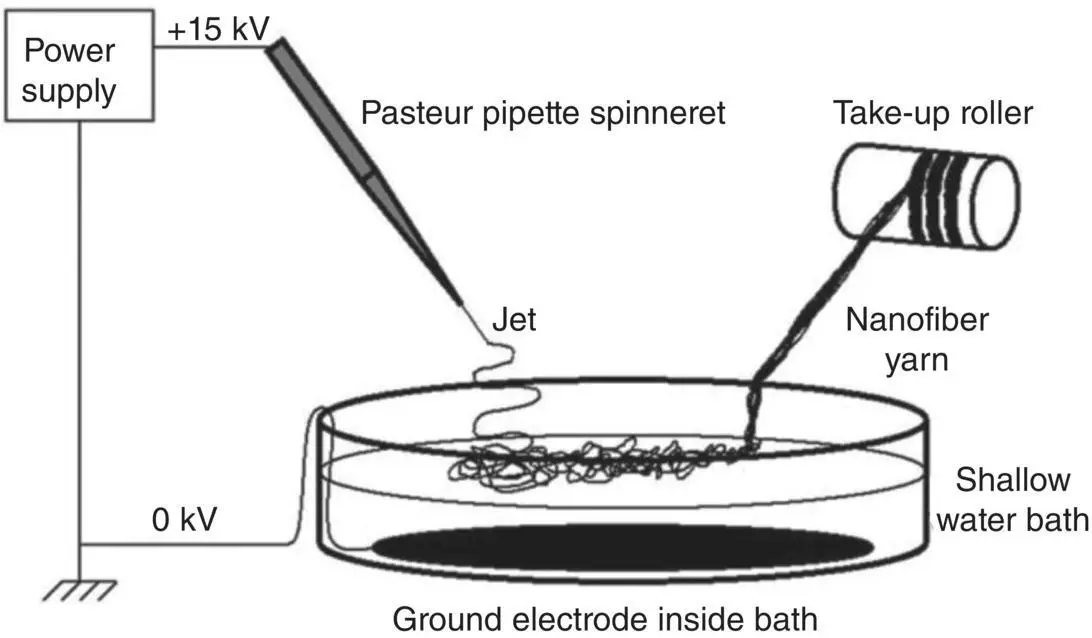
Figure 2.5 Yarn‐spinning setup with water bath collecting electrode.
Source: Smit et al. (2005).
Nanofiber yarns can also be achieved from island‐in‐the‐sea or segmented pie constructions through the spunbonding method. Fedorova et al. prepared island‐in‐the‐sea filament by using PA‐6 as island ingredients and PLA as the sea part. Different island numbers were designed to control the tensile strength of the produced yarns. The number of islands could be up to 360 units. It was concluded that the individual fiber diameter decreased with the decrement of island numbers, which could be as low as 0.36 μm (Fedorova and Pourdeyhimi 2007).
Читать дальшеИнтервал:
Закладка:
Похожие книги на «Applications of Polymer Nanofibers»
Представляем Вашему вниманию похожие книги на «Applications of Polymer Nanofibers» списком для выбора. Мы отобрали схожую по названию и смыслу литературу в надежде предоставить читателям больше вариантов отыскать новые, интересные, ещё непрочитанные произведения.
Обсуждение, отзывы о книге «Applications of Polymer Nanofibers» и просто собственные мнения читателей. Оставьте ваши комментарии, напишите, что Вы думаете о произведении, его смысле или главных героях. Укажите что конкретно понравилось, а что нет, и почему Вы так считаете.
